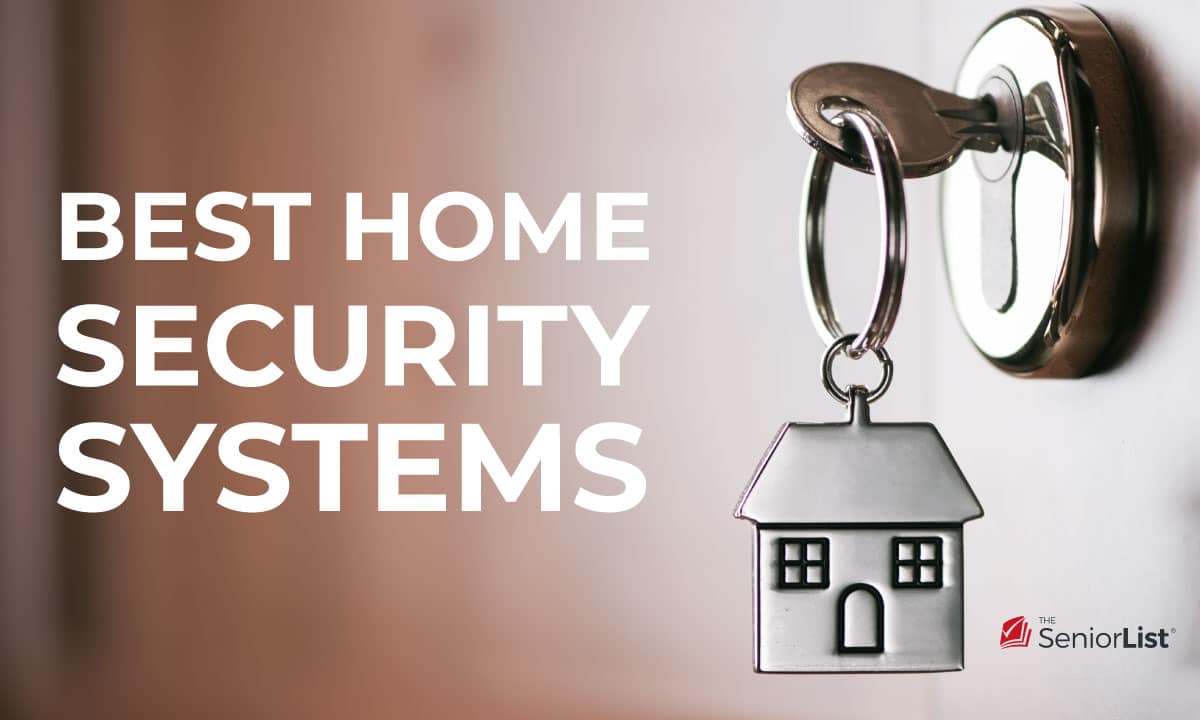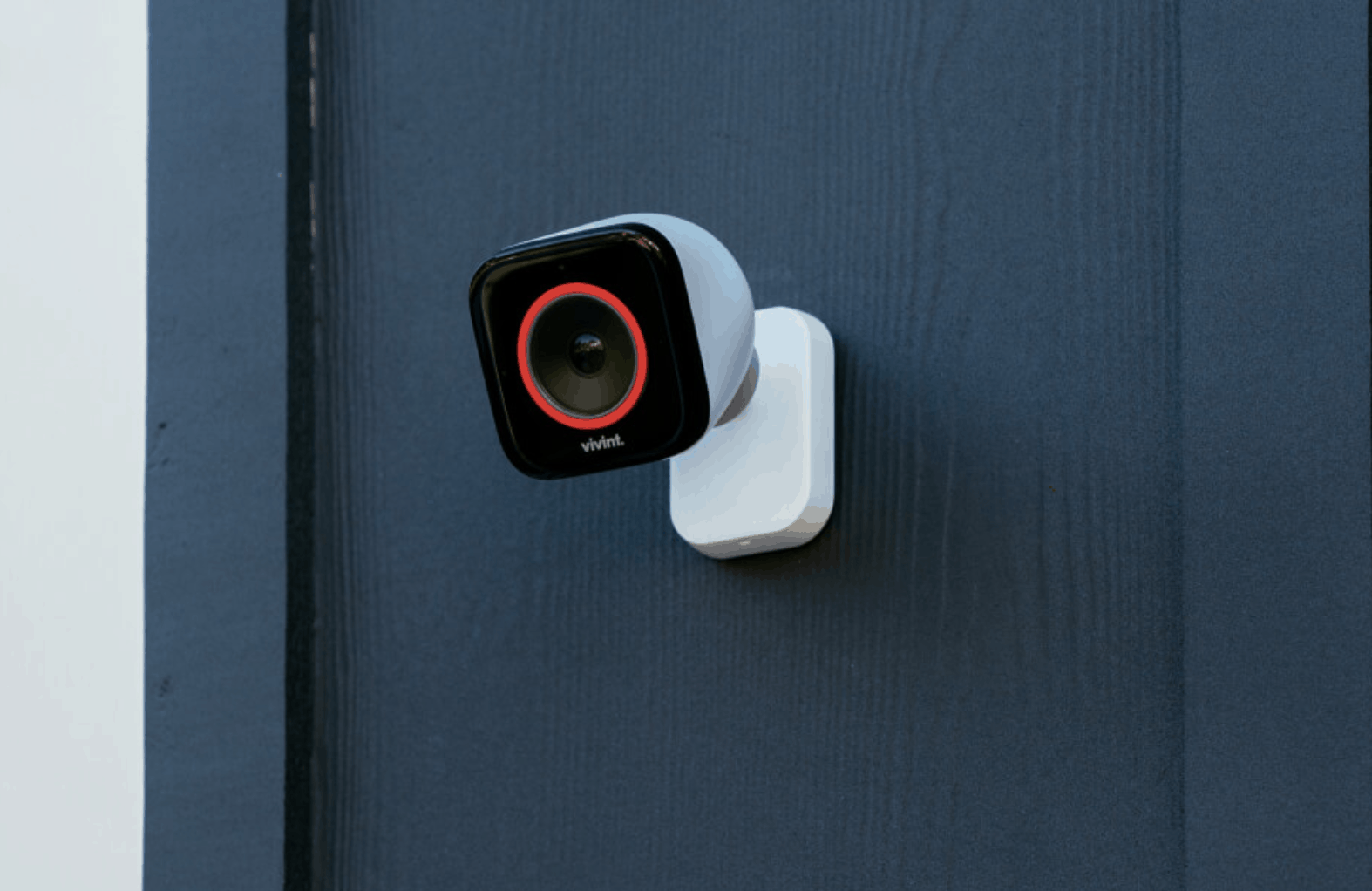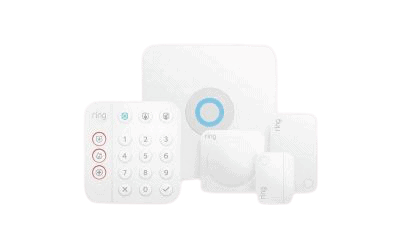Home Security Systems: What to Look For and What to Avoid
While older adults are less likely to be victims of violent crimes, they are more susceptible to nonviolent crimes such as fraud and theft, particularly home burglary. Especially for those who live alone, the right home security system can provide peace of mind while protecting both your home and its precious inhabitants.
To help you determine which system is right for you, here are some things to keep in mind when selecting a home security system.
FYI: Home security systems can keep your loved one safe from threats, but only a medical alert system can protect them in the event of falls. To find medical alert systems from $20 per month, read our guide to this year’s best medical alert systems.
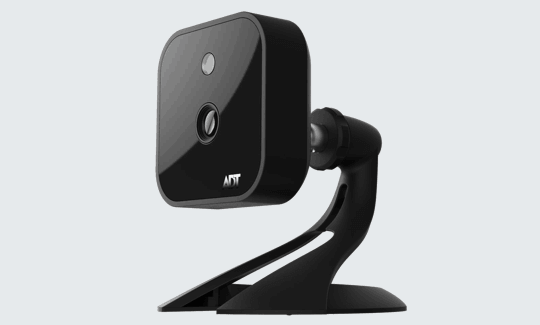
What to Look for in a Home Security System
The best home security systems are a high-involvement purchase, so you will need to find the right mix of features at a price that will best suit your lifestyle, home, and budget.
Do you need a basic burglar alarm that will sound an alert should someone try to enter your home? Or are you interested in a wireless monitoring system that can notify the police and fire departments should a problem arise? What about additional protection against environmental dangers, such as carbon monoxide and fire? Maybe you’re looking for something even more sophisticated, such as real-time monitoring via your smartphone, which can give you a live look into your living room or backyard.
No matter which system you end up choosing, make sure that its coverage area and connectivity options (landline, Wi-Fi, and cellular network) are top of the line. It would also be prudent to choose an option that operates on both Wi-Fi and cellular networks. Additionally, you’ll want to choose a system that has at least a few entry sensors for doors and windows, a motion sensor, and a powerful siren. This is the bare minimum to safeguard your home from theft, especially considering that nearly 93 percent of crime faced by older people is property crime. Most home security brands also allow users to buy and add on extra sirens, panic buttons, freeze sensors, water sensors, and smoke detectors.
Note: Many home security brands offer complimentary access to apps through which you may receive live footage, control your system remotely, and get notified whenever alarms go off.
Another important factor to keep in mind is the quality of professional monitoring services. This is usually an add-on service. Whenever the security alarm is triggered, the monitoring staff will check up on you. In case of an emergency, they can ensure that help is on the way. In many cases, you can buy just the system without the monitoring, thus eliminating long-term contracts.
Most of these systems have an up-front cost starting at $49 and a monthly monitoring fee starting at $4.99. If you are unsure which home security system to choose, look for brands that have at least a one-month trial period with no strings attached. This will allow you to try out different home security systems and then choose the one that best suits your needs. Here are a few options that should meet the requirements of older adults:
Home Security Systems for Seniors
| Nest Secure | LifeShield Smart Home Security Kit | Honeywell Smart Home Security Starter Kit | FrontPoint Safe Home | SimpliSafe Home Security System | Vivint Smart Home | ADT Pulse | |
|---|---|---|---|---|---|---|---|
| Upfront cost (starts at) | $499 | $99 | $449 | $99 | $229 | $99 | $49 |
| Monthly charges (starts at) | $24.99 | $20 | $4.99 | $34.99 | $14.99 | $39.99 | $28.99 |
| Professional installation | Not available | Not available | Not available | Not available | Optional | Required | Required |
| Operates on Wi-Fi and cellular networks | Yes | Yes | Yes | Yes | Yes | Yes | Yes |
| Battery backup | Yes | No | Yes | Yes | Yes | Yes | Yes |
| Monitoring contract required | No | No | No | Yes | No | No | Yes |
| Environmental sensors | No | No | Yes | Yes | Yes | Yes | Yes |
| Voice assistant compatibility | No | Yes | Yes | Yes | Yes | Yes | Yes |
| Money-back trial (number of days) | 30 | 30 | 30 | 30 | 60 | No | 180 |
Our Favorite Home Security Systems for Seniors
To help you start your search for a home security system, we’ve done the work of thoroughly researching and testing some of the most popular options.
Hands-On Home Security Reviews
- ADT Home Security Review
- Ring Home Security Review
- SimpliSafe Home Security Review
- Vivint Home Security Review
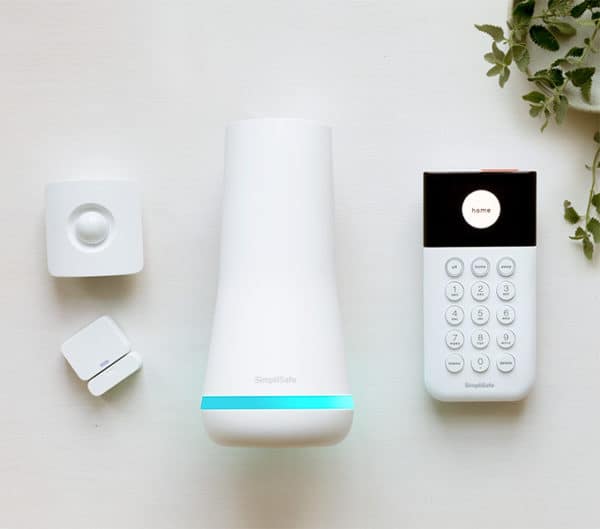
DIY vs. Professional Home Security
One of the biggest reasons to choose a DIY system, such as SimpliSafe (which allows you to self-install), over professional home security is the savings on both installation and subscription fees. Since DIY systems are designed to be easy to install on your own, as the category name suggests, there is no need to pay for professional installation. Additionally, the monitoring service tends to be about 40 percent cheaper than what is offered by professionally installed systems. DIY systems are a great option if you are physically fit and able to go about fitting the cameras, sensors, and keypads onto different parts of your house. Most DIY brands don’t require contracts either, which means you are not bound to continue with a monitoring plan that doesn’t suit your requirements. Since DIY systems are easy to install and uninstall (no wires), they’re perfectly suited for rented spaces.
On the other hand, if you have no budgetary constraints, I would highly recommend a professionally installed home security brand such as ADT. It’s great for older adults who have limited mobility or do not feel confident enough to handle power tools, climb ladders, or fiddle with small parts. A professionally installed home security system also eliminates the hassle of setting it up, especially in big homes. Trained installers will conduct a security assessment to determine exactly where to place each security device for maximum functionality. Furthermore, they will explain how to use the system, which can be really helpful for technologically averse older adults.
Top tip: Professional installation can cost up to $150, so be sure to budget for it.
At the end of the day, whether or not you decide to go the DIY route, be sure to choose a reputable service provider with a solid track record and plenty of positive customer feedback.
Types of Home Security Systems
Through your base unit, your home security system’s network of sensors and cameras connects to the outside world via either Wi-Fi and a cellular network or a landline (hardwired). Whenever a security breach is detected, a hardwired security system, such as those offered by ADT Home Security and Protect America, will send updates to emergency responders or contacts. On the other hand, wireless systems, such as those offered by Vivint and Frontpoint, will use Wi-Fi or a cellular network to summon help.
| Type of home security | What we like | What we don’t like |
|---|---|---|
| Wi-Fi with Cellular Backup |
|
|
| Hardwired (landline) |
|
|
How Does Monitoring Work?
According to the Pew Research Center, 27% of Americans 60 and older were living alone in 2018. To help them retain their independence and feel safe at home, it’s best to subscribe to a 24/7 professional monitoring that works in tandem with the home security system.
While a home security system’s siren will alert occupants of a household in case of an intruder, external support can be attained by subscribing to a professional monitoring service. With this type of service, your system will be able to notify the monitoring center should the sensors detect any intruders or environmental anomalies. Next, a trained security expert may attempt to communicate with you if your base system is capable of two-way voice communication. Finally, once they gauge the situation, they will call the user’s emergency contact and/or the police, paramedics, or fire department. On average, this service costs $10 to $60 per month, but some systems offer live monitoring for free.
Note: Along with professional monitoring, many brands offer cellular backup and/or storage of the security footage.
For those on a budget, many home security companies offer up the option of self-monitoring, which means that you will need to keep track of alarms and contact authorities on your own. Such local alarms are not recommended for homes inhabited by older adults, as there can be instances where they may become incapacitated and unable to call for help.
Home Security and Smart Homes
You don’t have to be a tech savant to enjoy home automation. Especially for those with limited mobility, it can be convenient to control lighting, temperature, health monitoring systems, and alarm systems with just a few voice commands. If you are looking for a system that seamlessly marries home security with automation, then look no further than Vivint. This wireless system can keep your home safe from security breaches and environmental hazards. It can also sync with smart home assistants such as Google Home and Alexa to fully automate and control your home.
Other home security brands such as Nest Secure and Ring offer home automation features that can help older adults with limited mobility execute daily tasks, while also keeping them safe. Home security systems can be a boon for older adults, many of whom suffer from conditions like Alzheimer’s and may leave faucets running or forget to turn off ovens. A smart security system can learn your everyday schedule and even help lower your utility bills. For example, it can automatically turn off the air conditioning when you step out for your evening walk or switch off all the lights every night at 9:00. It can also sync with smart health-monitoring systems to track a person’s vital stats and quickly respond to medical emergencies.
Recap
A security system can not only protect both you and your belongings, but it can also make life easier and safer within your home. Paired with a medical alert system and a caregiver regimen, a solid security system can make it easier to age in place.
Frequently Asked Questions about Home Security Systems
-
Can a home security system’s alarm be triggered in the event of a fall?
Some brands sell panic buttons that can be wall-mounted or built into keyfobs and pendants. These can be used in case of a fall or security threat. Once pressed, the alarm will sound and emergency services will be contacted.
-
Why do older adults need a home security system?
Having a state-of-the-art home security system can go a long way toward safeguarding seniors from the hazards of burglary, fire, and burst pipes. Once a sensor is triggered, a siren will sound, alerting the home’s inhabitants about a possible threat. If you have purchased a professional monitoring plan, emergency responders will also be alerted.
-
What is the purpose of displaying window stickers and yard signs featuring the names of home security system companies?
By advertising that your home is fitted with a home security system that can foil their attempts, you may dissuade intruders from even attempting to trespass. Therefore, you may want to buy such window stickers and yard signs for your home.
-
How much does a home security system cost?
A new home security system costs between $49 and $499, paid up front. Some brands also sell refurbished systems at a discounted rate. Additionally, you should be ready to spend between $4.99 to $39.99 per month for professional monitoring.

